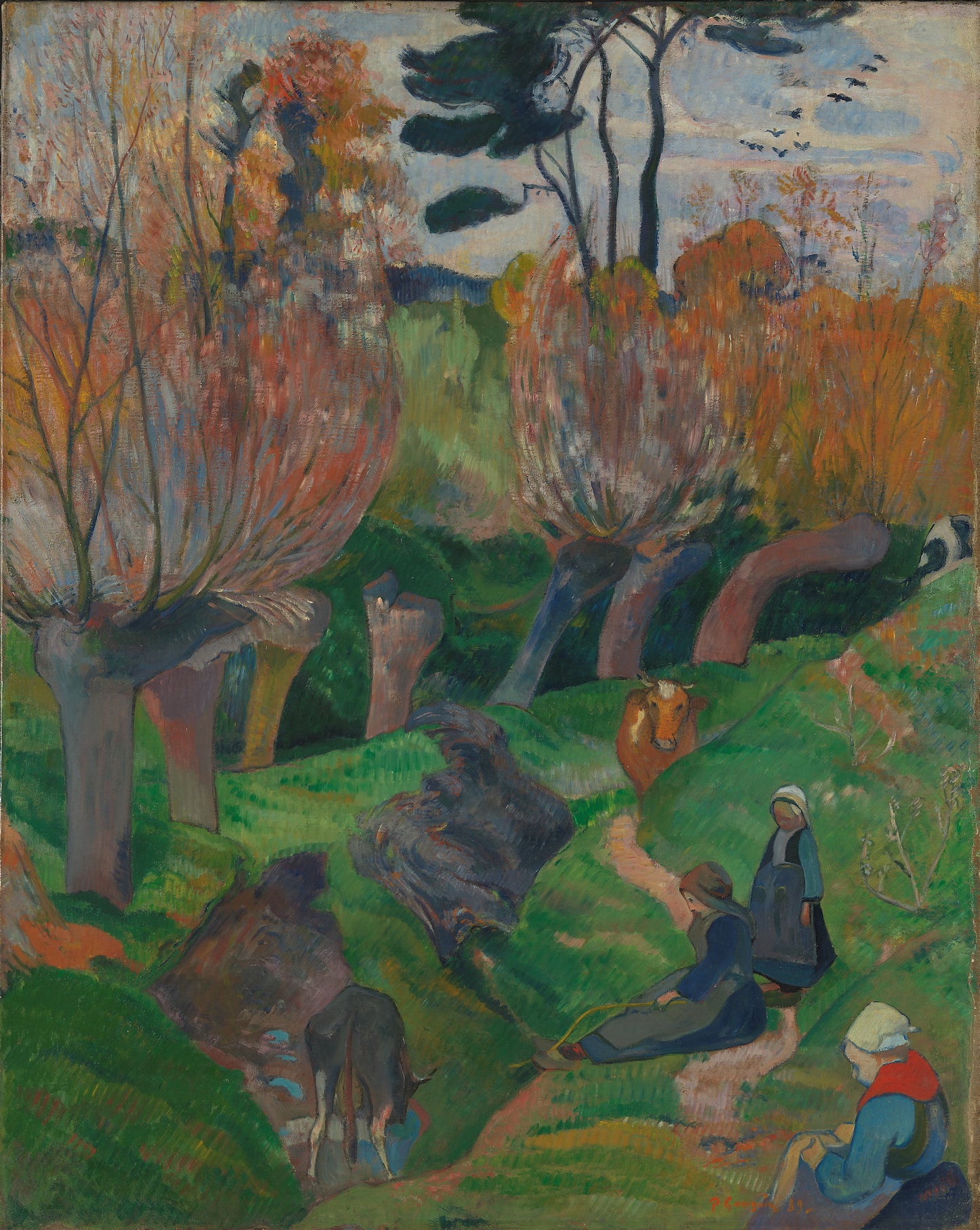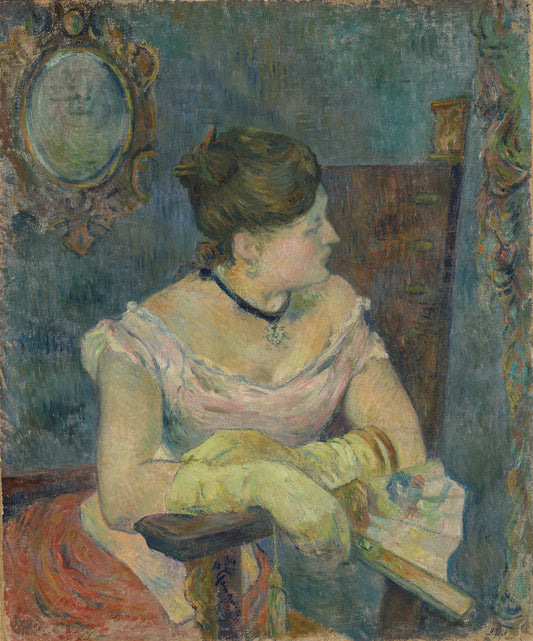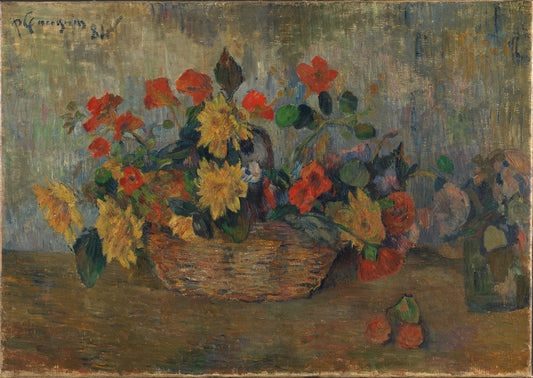Paul Gauguin
Landscape from Brittany
Landscape from Brittany
Couldn't load pickup availability
About the original:
Date: 1889
Designation: Painting
Material and technique: Oil on canvas
Technique: Oil
Material: Canvas
Dimensions: 92 x 73.5 cm
Subject: Visual arts
Classification: 532 - Visual arts
Type of motif: Landscape
Genre
Acquisition: Purchased 1913
Inventory no.: NG.M.01006
Part of exhibition: Art 3. Works from the collection 1814-1950, 2007 - 2011
French art. Painting, sculpture, graphics from the XIX century, 1914
Gauguin and the Pont-Aven group, 1966
Paul Gauguin, 1960
The dance of life. The collection from antiquity to 1950, 2011 - 2019
Pont-Aven: Gauguin und sein Kreis i der Bretagne, 1966
Impressionism and the Nordic countries. Late 19th-century French avant-garde art and Nordic art 1870-1920, 2002 - 2003
The Free Exhibition 1893, 1893
Paul Gauguin 1848-1903, 1928
Die Nabis und ihre Freunde, 1963 - 1964
Paul Gauguin, 1960
"Paul Gauguin", 2015
Paul Gauguin, 1910
Registration level: Single object
Owner and collection: The National Museum of Art, Architecture and Design, Visual Art Collections
Photo: Høstland, Børre/Ivarsøy, Day Two

See all works
-
Landscape from Brittany
Vendor:Paul GauguinRegular price From 150,00 NOKRegular priceUnit price per -
On the Beach, Brittany, with figures
Vendor:Paul GauguinRegular price From 150,00 NOKRegular priceUnit price per -
Lady's portrait
Vendor:Paul GauguinRegular price From 150,00 NOKRegular priceUnit price per -
Flower basket
Vendor:Paul GauguinRegular price From 150,00 NOKRegular priceUnit price per

Paul Gauguin
Paul Gauguin was a French painter who started his professional career as a banker and stockbroker, but ended up becoming one of the painters who changed the history of painting. He broke with his bourgeois life and his family to devote himself completely to art when he was 35 years old. He became a central figure within the new art direction called Synthetism or Symbolism and developed his own expressive style with powerful contours and pure, strong colors.
He lived on Pacific islands, including Tahiti, from the end of the 19th century and painted a number of significant paintings, often with natives as subjects. His main work is the large symbolist picture Where do we come from? What are we? Where are we going?, which was completed in 1898. Gauguin was a sailor from 1865–1870 and a banker from 1871. He married the Danish Mette Sophie Gad in 1873. He became interested in painting through a colleague and began working at the Académie Colarossi in 1876. His painting was amateurish at this time, but revealed an artistic temperament.
He came into contact with Camille Pissarro and the Impressionists. He devoted himself entirely to painting in 1880 and resigned his position at the bank. He distanced himself from the Impressionists in 1886 and went to Pont-Aven in Brittany, where he met Émile Bernard and Paul Sérusier. He met Vincent van Gogh in Paris the same year. After a stay in Panama and Martinique, he returned to Pont-Aven in 1888, where he found his own expressive style. Some of his most famous works date from this time, such as Bonjour Monsieur Gauguin, Jacob's struggle with the angel, The Yellow Christ and Golgotha. Gauguin joined the Symbolist writers Stéphane Mallarmé and Paul Verlaine in 1890, and went to Tahiti in 1891. He was taken by the strong colors, the simple form of expression and the uncomplicated life, and a number of significant paintings were created. His depictions of women from this time have a rare power and compositional clarity. Due to a lack of money, he returned home in 1893, but already traveled back to Tahiti in 1895. Gauguin became seriously ill in 1896, lost his favorite daughter Aline, and the following year he attempted to take his own life. He began work on his major work, D'où venons-nous? Que sommes-nous? Où allons-nous? (Where do we come from? What are we? Where are we going?), a symbolist picture of large dimensions, which was completed in 1898.





